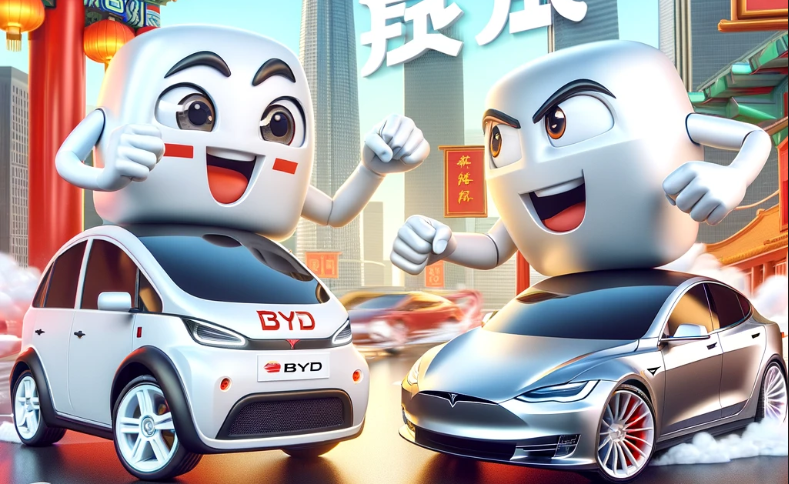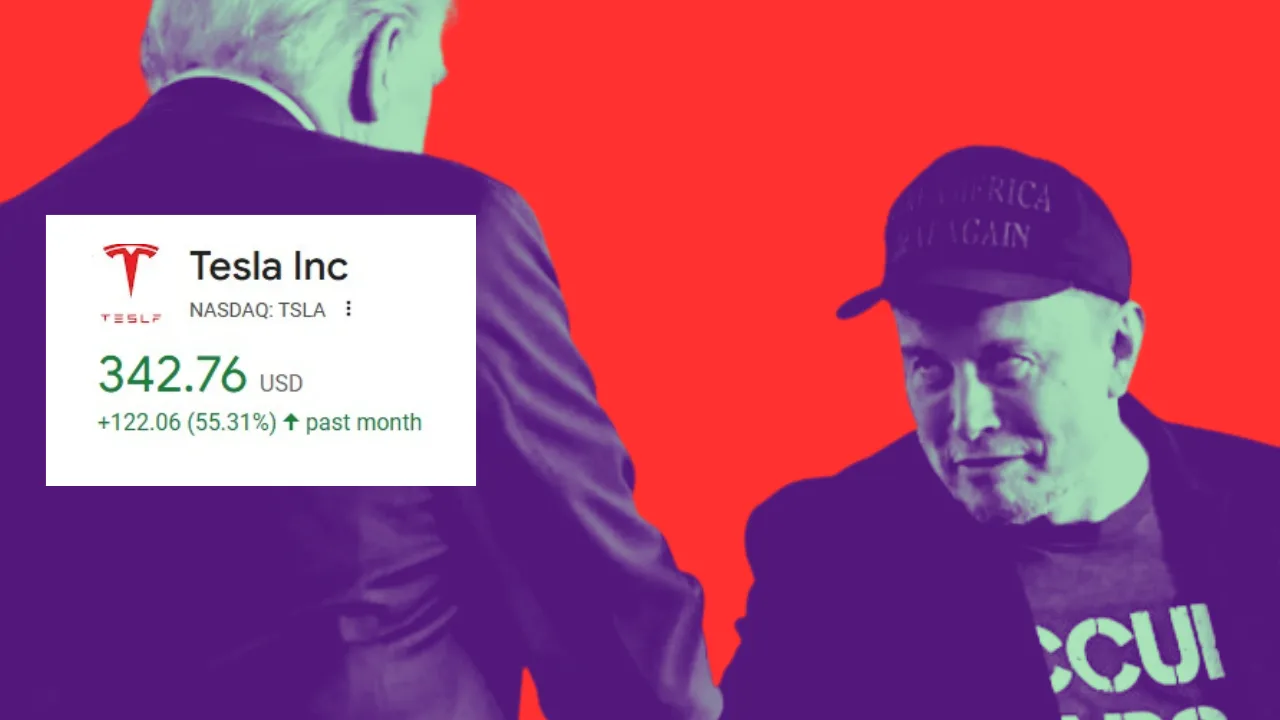Sudden Shift in Speed: It’s official – Tesla’s sprint in the EV market, while impressive, wasn’t swift enough. The final quarter of last year (still sounds futuristic, right?) saw Tesla’s electric vehicles zooming off the production lines, with a record-breaking 485,000 units delivered. That’s a 20% surge from Q4 2022. But even this acceleration couldn’t keep Tesla in the pole position. Enter BYD, the Chinese EV powerhouse, which edged past with a staggering 526,000 battery-only electric vehicles in the same period. A first-time feat, marking a significant milestone.
Price Point Power-Up: BYD’s rise isn’t just about numbers; it’s about strategy. Rooted firmly in its home turf, China, BYD has captured hearts (and wallets) with its affordability mantra. Take the BYD Seagull, a budget-friendly option at around $11,000, contrasted starkly with Tesla’s entry-level Model 3, hovering near $40,000. It’s a classic case of David vs. Goliath, reimagined in the EV era.
Yearly Faceoff: Looking at the broader picture, Tesla still clinched the annual title, delivering 1.8 million EVs compared to BYD’s 1.6 million. However, the margin is narrowing. What was once a wide chasm in 2022 is now a thin line, hinting at an increasingly competitive landscape.
The Policy Pit Stop
Regulatory Roadblocks: Tesla’s reign as the EV kingpin, while lucrative, is under pressure. The U.S. government’s recent move to trim down the list of electric cars eligible for the full $7,500 tax credit has thrown a wrench in the works. The Biden administration’s new criteria disqualify vehicles with batteries from a “foreign entity of concern” – a not-so-subtle nod to China. While Tesla’s Model Y makes the cut, its Cybertruck, along with certain models of the 3, S, and X, are left out in the cold.
The Global Auto Arena: China Takes the Wheel
Home Court Dynamics: The EV market is no longer a local game; it’s a global tournament. China, as the world’s largest auto market, holds significant sway, controlling 90% of the global EV-battery supply chain. Western carmakers, despite pouring billions into homegrown battery production and materials like lithium mining, face an uphill battle. And with the EV sales pace potentially decelerating, these investments risk hitting a speed bump.
Future Forecast: Looking ahead, China’s grip on the global EV market is only expected to tighten, potentially doubling its share to 33% by 2030. This shift isn’t just about market share; it’s a reflection of broader economic and technological shifts. As the EV race accelerates, companies and countries alike will need to adapt to this new, dynamic landscape where innovation, policy, and market forces converge.
Key Takeaway: In the high-octane world of electric vehicles, the race is never just about speed – it’s about strategy, adaptability, and foresight. As Tesla and BYD jostle for the top spot, the EV market continues to evolve, influenced by policy changes and global market dynamics. This is a race where the finish line keeps moving, and the winners are those who can keep pace with the ever-changing road ahead.





